Trinity Chapel at Kennebunk Beach
I visited Trinity Chapel last Sunday and was absolutely enchanted. The maritime stained-glass windows and the ship models -among them Cape Porpoise racing schooners, Booth Chick’s lobster boat, the fishing schooner Sadie Nunan and the shipwrecked barque Horace- adorning the rustic camp walls give a forthright impression of a shelter in a storm. How did this lovely little gem come to be here?
Civil War Veteran, Edgar Darrach was a prominent official of the Reading Railroad. He lived with his sisters Fanny and Ellen in Philadelphia and at Kennebunk Beach in the Oak Lane Cottage centered on what is now called Hickory Lane.
The Darrach siblings built a tiny one-room chapel very near their cottage on land they bought from the Kennebunkport Seashore Company. Edgar used his railroad connections to procure a brass bell for the belfry from an old, discarded locomotive. Their chapel was used only occasionally when a clergyman visited the beach or when the audience of some impromptu cultural event would fit into the 25 available folding chairs.
Edgar suffered from Bright’s disease (kidney disease). In 1913, he fell ill while at his Kennebunk Beach cottage. He was transported home to Philadelphia in a private railroad car with several physicians and nurses attending him. He passed away just minutes after arriving home.
After Edgar’s death, Fanny and Ellen Darrach deeded the chapel to the Diocese of Maine on the condition that if the chapel was sold the proceeds of the sale would be spent on another church at Kennebunk Beach. Fanny died in 1917 and her sister Ellen passed away in 1921.
The little chapel sat dormant almost completely hidden by weeds and overgrown shrubbery until Reverend Norman L. Kellett stumbled upon it while visiting Kennebunk Beach during WWII. Kellett approached Bishop Loring about re-opening the chapel. After the war, the bishop acquiesced provided the chapel was entirely self-supporting.
Volunteers cleared the brush, washed the windows, and dusted off the 25 rickety old folding chairs. When Rev. Kellett finished ringing the locomotive bell announcing the first service at Trinity Chapel on August 7, 1949, four people stayed for the service. The following Sunday there were six. It rained on the third Sunday. Water poured in through the leaky roof and ruined the parlor organ that the clergyman had borrowed from a neighbor. The future was not looking bright. How would they ever pay for the organ much less a new roof?
Local carpenter, Arthur Hendrick to the rescue. He happened to have enough roofing left over from a job at the Atlantis Hotel to cover half the chapel. He offered to donate it and the labor if someone else would donate enough roofing for him to finish the other half. By the end of the 1949 season, Trinity Chapel had a new roof.
The belfry needed repair. Rev. Kellett thought it would be nice to have a steeple atop that belfry but there was no money to hire the workmen. Gilbert Fessenden of Goose Rocks Beach offered to build the steeple in his back yard, drive it over in his truck, and move it onto the roof with a block and tackle. Folks were skeptical but he managed the operation flawlessly with a little help from a multitude of onlookers holding the guide ropes.
By the 25th anniversary of Trinity Chapel in 1974 the congregation had grown and financed the enlargement of the church to accommodate up to 80 people. To celebrate, Marjorie Kellett wrote an illustrated booklet, “Trinity Chapel Looks Back Twenty-five Years.” It was enormously helpful in my research along with old newspapers and the deed index at the York County Registry of Deeds.


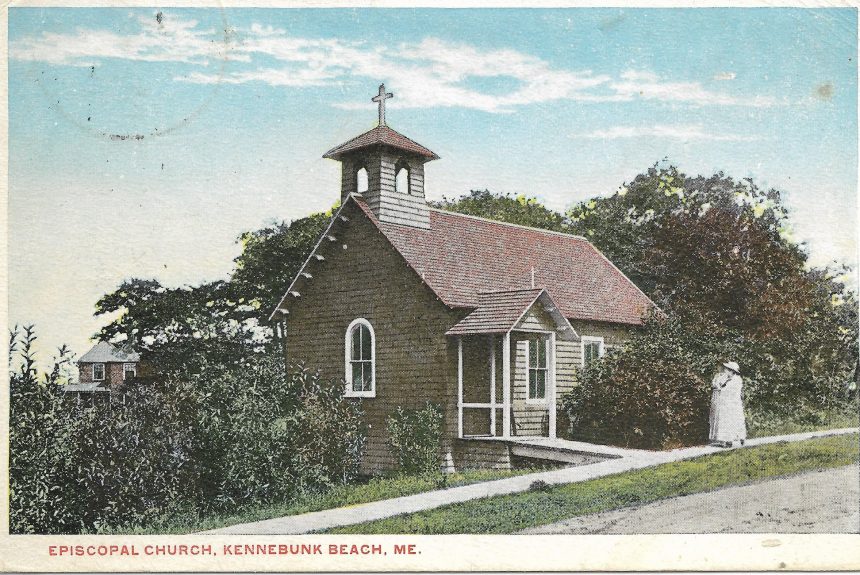
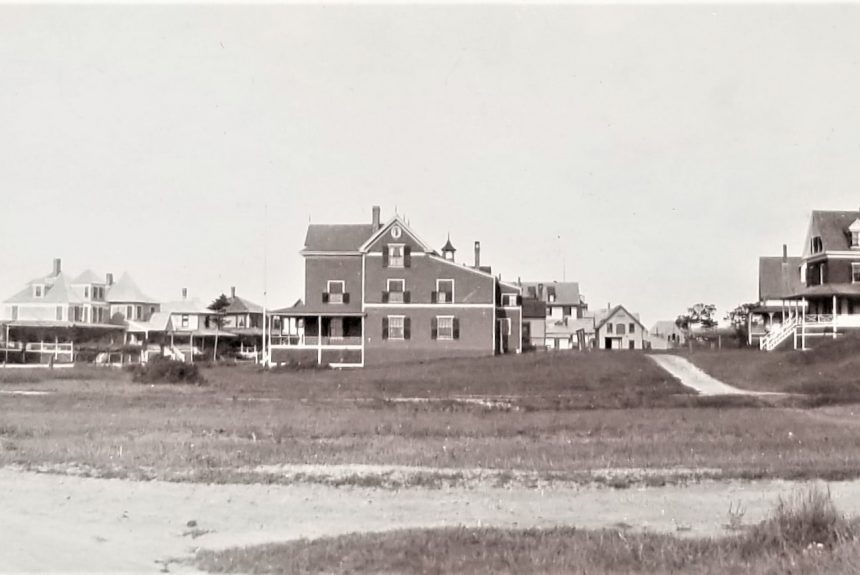

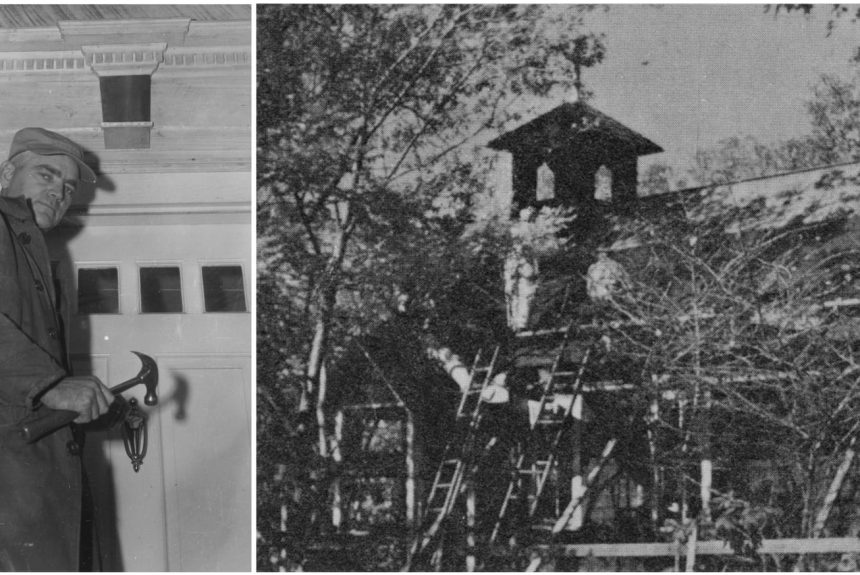
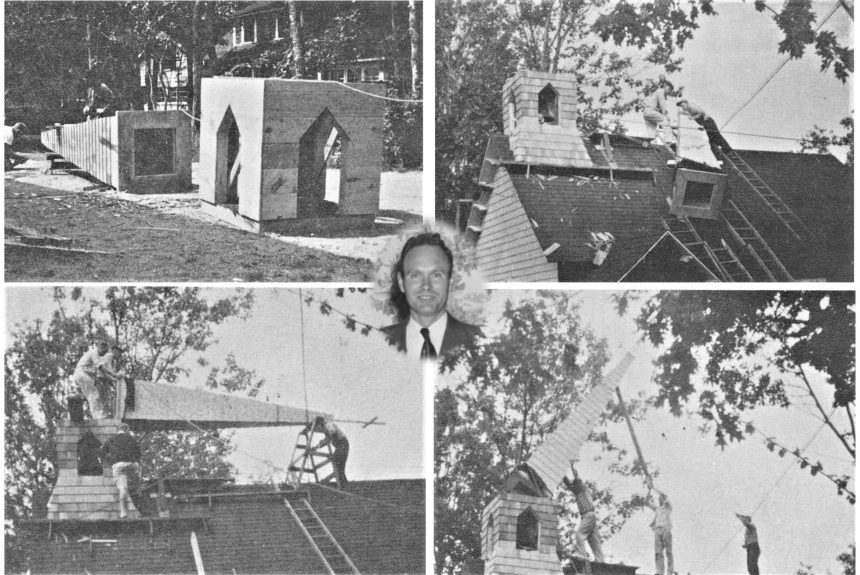
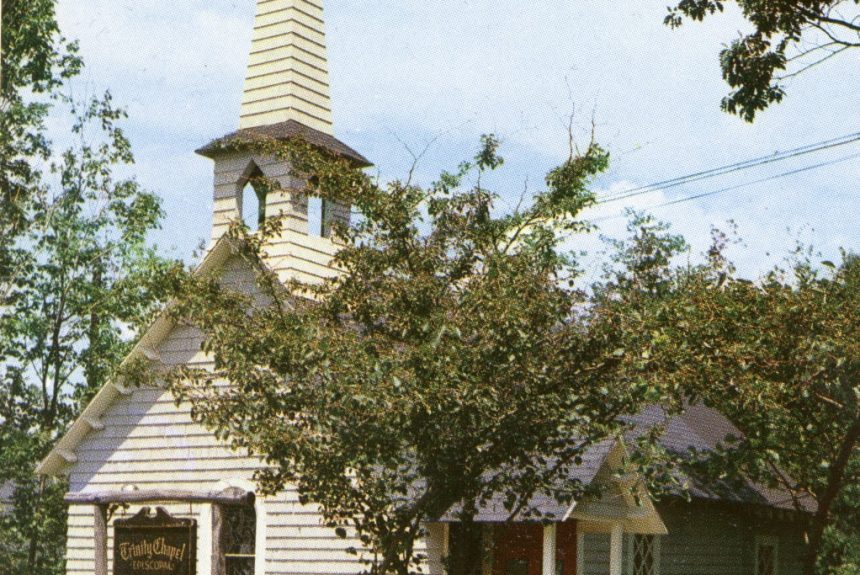
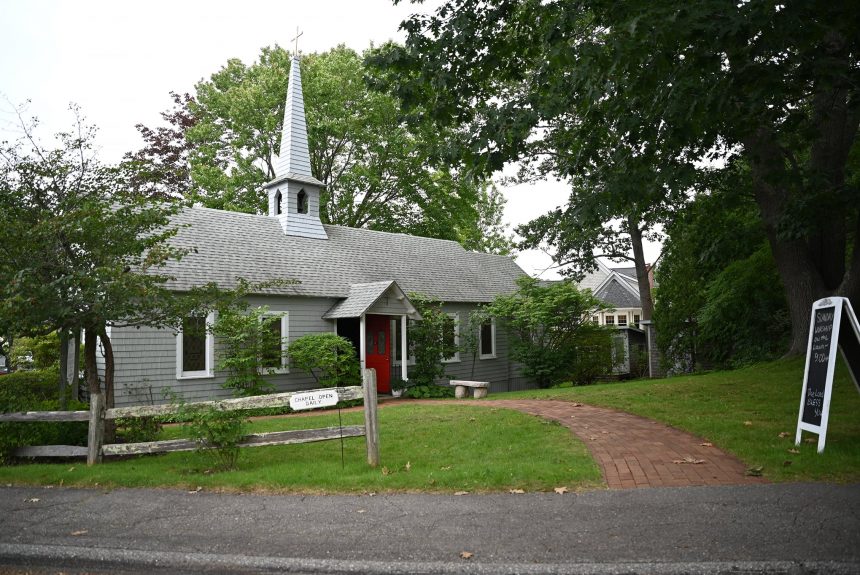
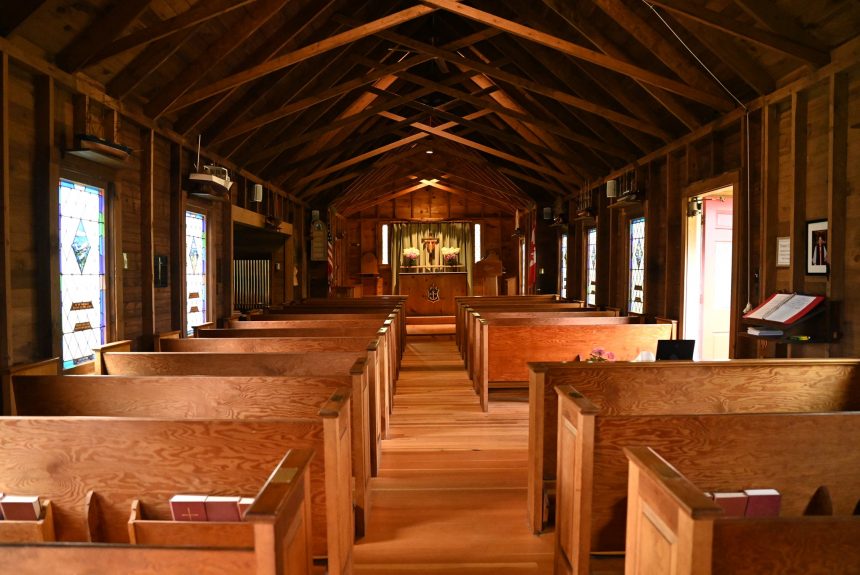
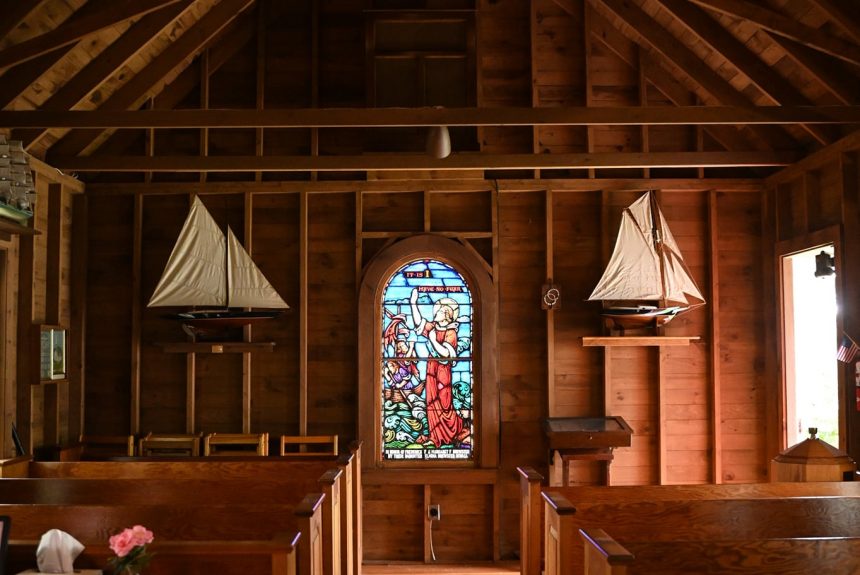
Leave a Reply